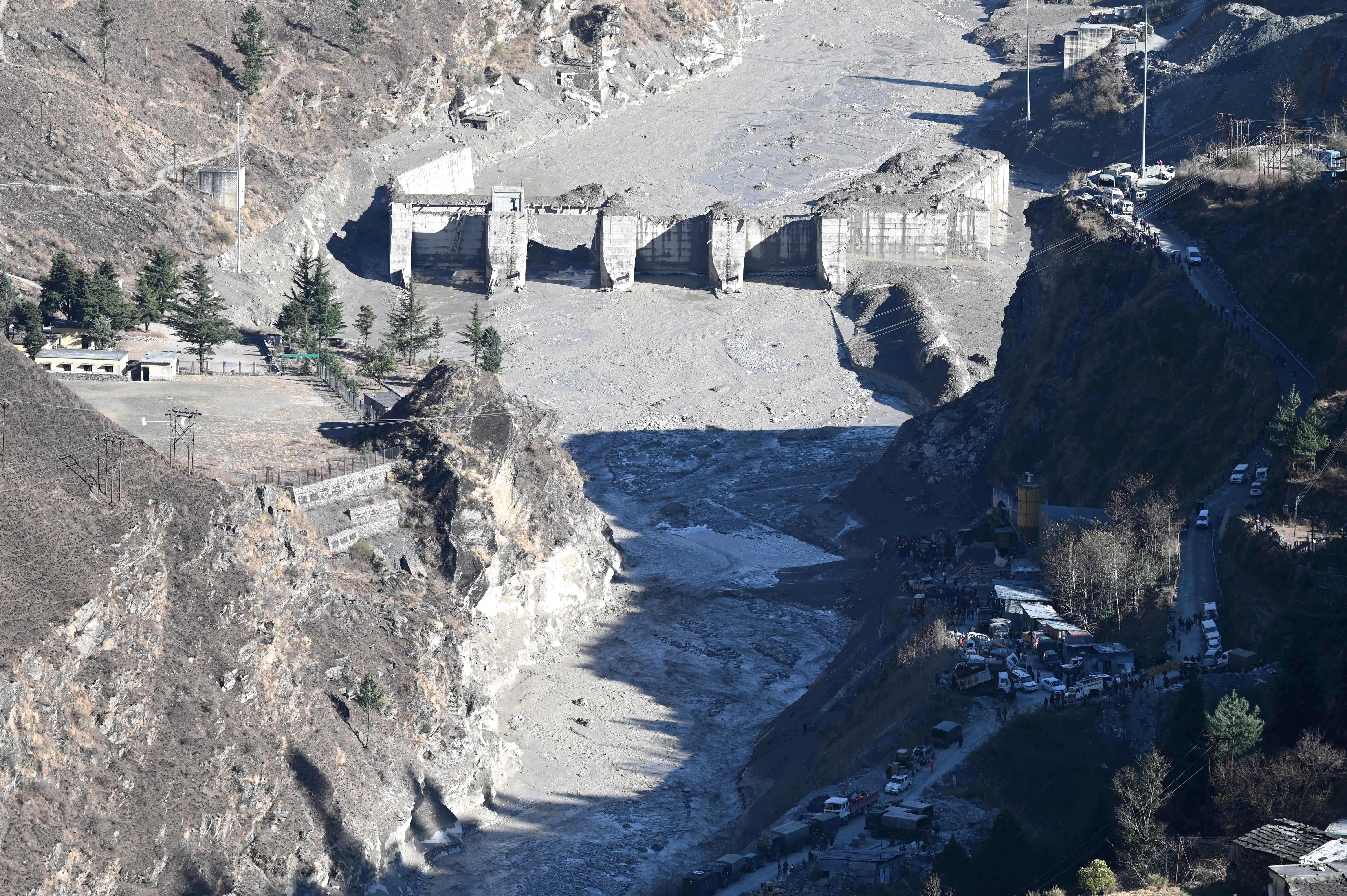
At least 15 million people worldwide live in the flood paths of dangerous glacial lakes that can abruptly burst their banks and rush down mountainsides.
A study published Tuesday in the journal Nature Communications is the latest warning about the threats posed by melting mountain ice. More than half of the people in the flood paths are concentrated in four countries: India, Pakistan, Peru and China.
Glacial lakes are large pools of meltwater that form at the base of shrinking glaciers. As they expand, these lakes can grow dangerous and unpredictable. If water levels rise too high or the walls of the lakes give way, they can suddenly burst their boundaries, sending torrents of water rushing down the sides of mountains.
These “glacial lake outburst floods,” as scientists call them, can be catastrophic — capable of crushing houses, flattening hydroelectric projects and destroying other infrastructure in their paths. They’ve been known to cause hundreds of deaths when they occur.
Scientists worry that these events may be poised to increase. Mountain glaciers, from the Andes to the Himalayas to the European Alps, are diminishing as global temperatures soar.
Recent studies have found that glaciers outside the ice sheets of Greenland and Antarctic are likely losing close to 300 billion tons of ice each year. Those losses are accelerating over time.
Meanwhile, research finds, glacial lakes are getting bigger. They’re increasing in area, volume and total numbers around the world.
Now, the new study finds that millions of people live directly in their paths.
The researchers conducted a global assessment of glacial lake flood risks by looking at populations living within 50 kilometers, or about 31 miles, of the water — an area generally accepted to be in danger should the lakes burst. They also looked at the level of human development in these zones to assess how vulnerable local communities may be when floods occur.
They found that about 15 million people worldwide live within the 50-kilometer danger zone of glacial lakes. About 62 percent of them reside in High Mountain Asia, a region stretching from the Hindu Kush all the way to the eastern Himalayas. Pakistan and China face the greatest risks, with about 2 million people and 1 million people, respectively, living in harm’s way.
Communities in High Mountain Asia tend to be located closest to the danger zones, with a total of about 1 million people living within 6 miles of a glacial lake. These communities are less likely to benefit from early warning systems and more likely to suffer devastating damage.
The study also found that High Mountain Asia and the Andes Mountains tend to have higher levels of political corruption and lower levels of human development, making communities less likely to have access to early warning systems and other disaster resources, increasing their vulnerability to the impacts of glacial floods.
Places like the high Arctic, including Canada, Greenland and surrounding areas, tend to face much lower risks despite being home to many glaciers. They have fewer people living in close proximity to glacial lakes and lower levels of social vulnerability to disasters.
The study highlights the fact that glacial flood risks don’t only depend on the number and size of an area’s glacial lakes. The area’s population, proximity of communities to the danger zone and levels of social vulnerability all matter as well.
The study also notes that some of the world’s most vulnerable places may not be receiving as much scientific attention as they deserve, compared with the risks they’re facing.
Between 1990 and 2015, the researchers found, most published research on glacial lake outburst floods focused on North America, Iceland, and the Hindu Kush and Karakoram mountains in Asia. Since 2017, the Himalayas emerged as the primary research area.
But for the last four decades, the Andes — highlighted in the new study as one of the world’s most vulnerable regions — were the subject of less than 8 percent of all research on the topic.
Reprinted from E&E News with permission from POLITICO, LLC. Copyright 2023. E&E News provides essential news for energy and environment professionals.
